Mumbai Metropolitan region already faces a 15 per cent shortage in water needs, but state won’t release more till new sources are developed
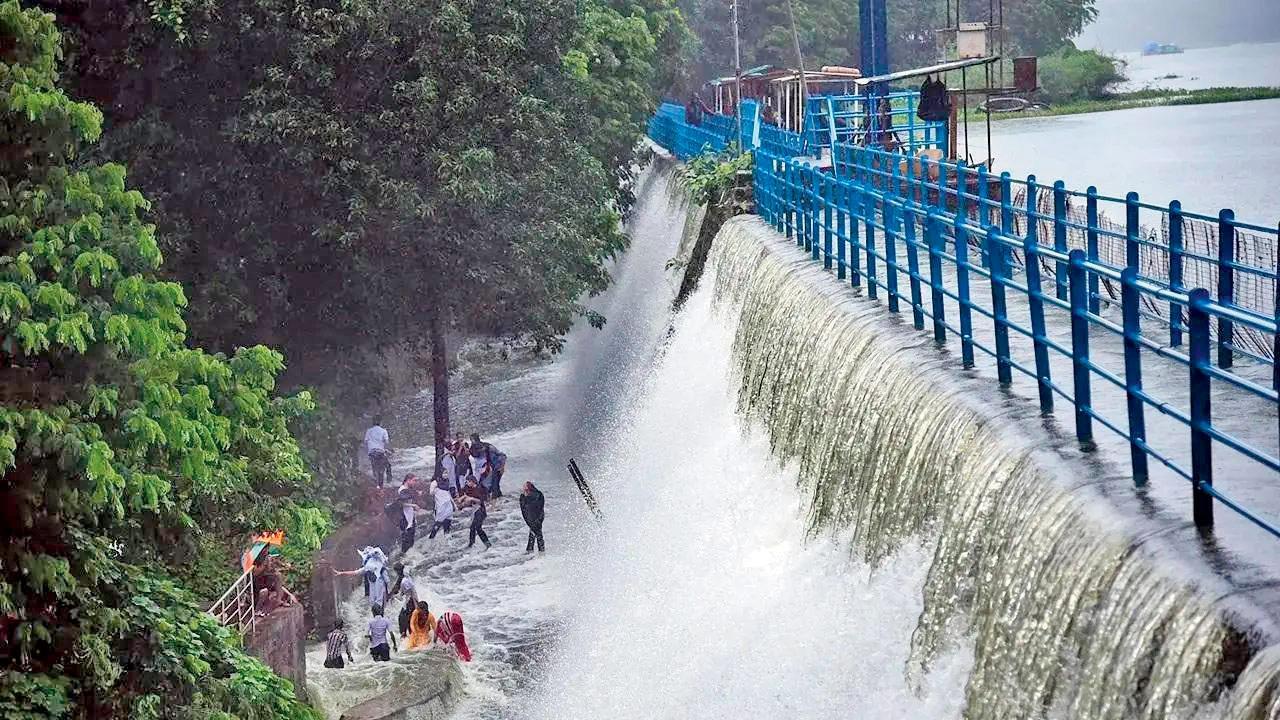
Representation Pic
While global cities are looking for solutions for drought years amid the rising threat of global warming and uncertain climate changes, cities in the Mumbai Metropolitan Region (MMR) are struggling to meet current-day water supply needs. As the monsoon season ends, dams and rivers supplying water to MMR are overflowing. While this is a good sign, there is still no certainty that cities in MMR, considered engines of growth, will get water without any supply cuts. MMR, with a population of around 2.6 crore, is already facing a shortage of at least 950 million litres (15 per cent) for the daily requirement.
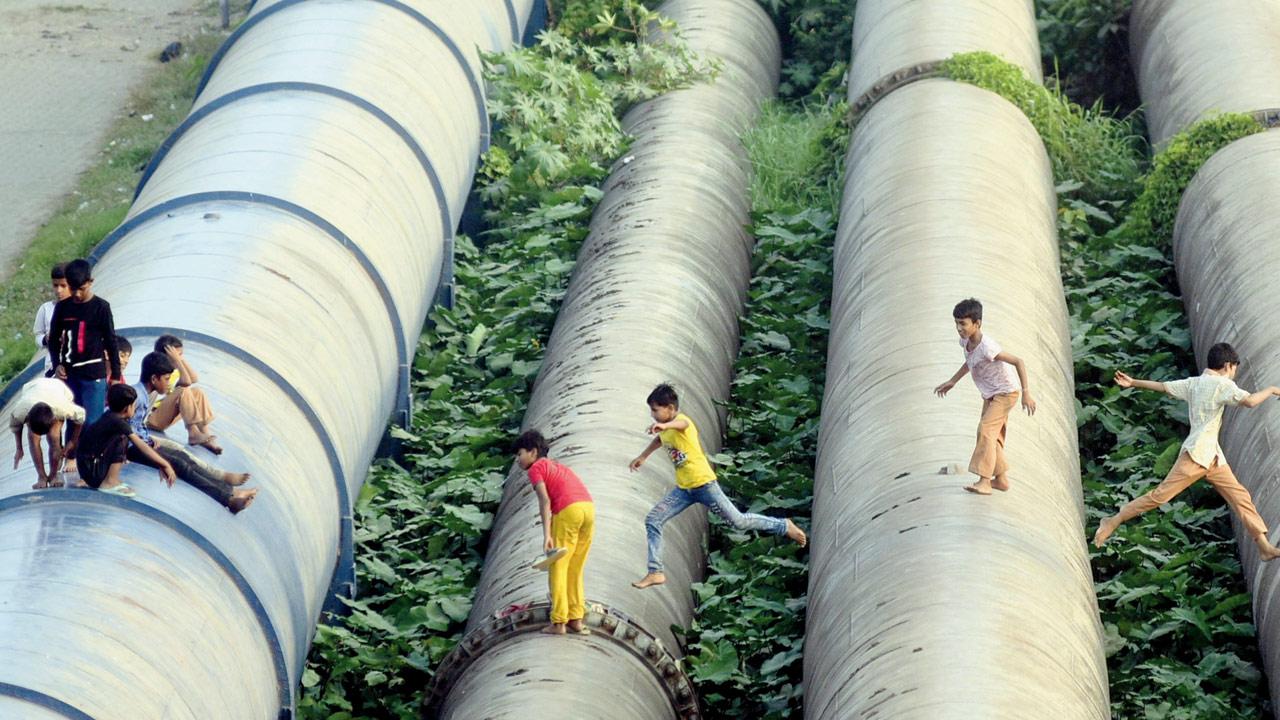
Kids playing on water pipelines in Bandra; civic bodies blame slum clusters for leakages and illegal water connections. Pic/Atul Kamble
Though the water requirement of MMR is projected to double by 2050, the administration feels that the condition is not so intense. BMC Commissioner Bhushan Gagrani said, “As of today, all dams are almost 100 per cent full and with that we will manage supply for the next 10 months, up to July (2025) end. There isn't a panic situation regarding water supply.” Gagrani is right. Going by the chart of current water supply as per population, the BMC and the Navi Mumbai and Thane civic bodies have been supplying 200 litres or more water per person per day, which is more than the national norms of 135 litres for buildings and 55 litres for slums.
What is the problem?
The dams were 100 per cent full last year, too. By rough calculation, cities use 10 per cent of total stock every month (October to July), but by May 22 this year, the lake levels reached below 10 per cent. So, obviously, the water stock wouldn’t have lasted for another two months. As the Lok Sabha elections were over by then, the BMC immediately imposed water cuts. Within two days, every other corporation including Navi Mumbai (which has the highest per-person water supply) imposed cuts. The cuts were withdrawn after two months in mid-July, after dams had sufficient stock. For at least the last three years, every summer the cities face such water cuts.
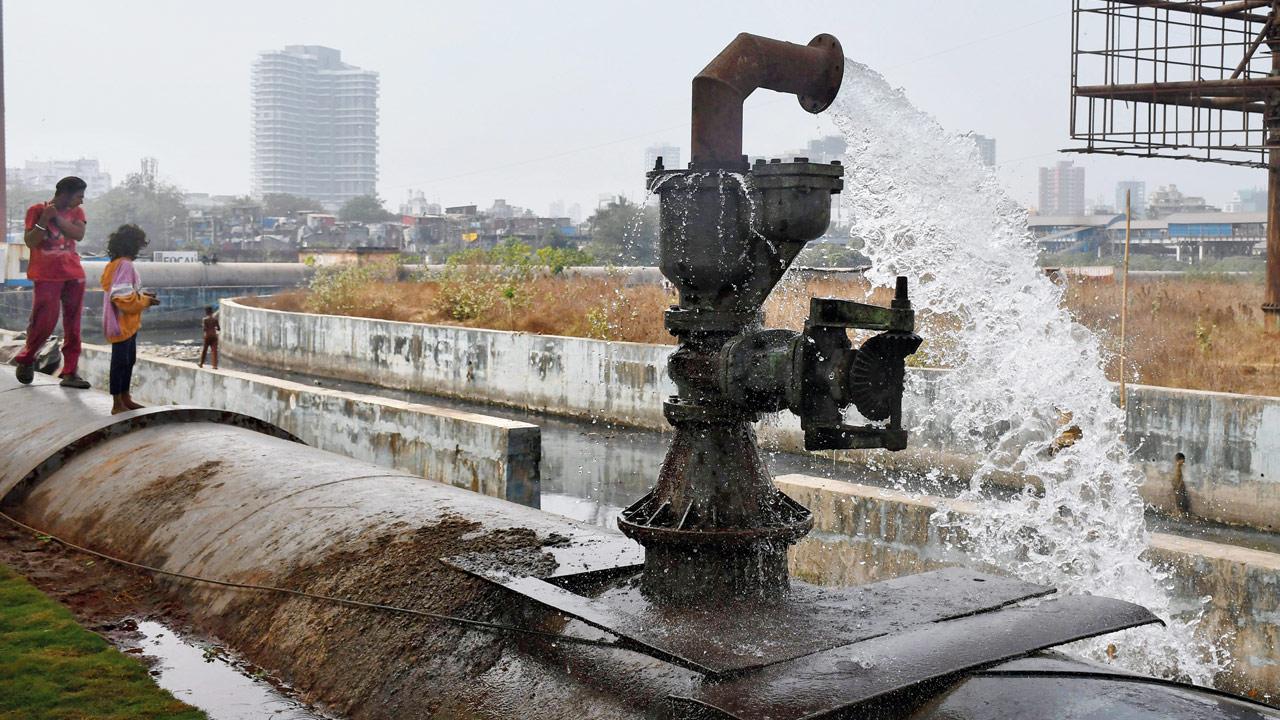
Municipal corporations and councils struggle with leakages
A decade ago, there were discussions and plans for 24/7 water supply, but now cities barely get water for two to four hours per day. Water management efforts seem to have collapsed in MMR. The six prominent corporations in MMR received 5,897 million litres per day (MLD) of water against the requirement of 6,745 MLD, which will reach 11,069 MLD in 2050.
MIDC, which supplies 822 MLD in MMR, requested the Water Resource Department to increase the reservation of 397 MLD additional water, but the department refused stating that this grant cannot be made till the development of new water sources. Former deputy municipal commissioner of BMC’s hydraulics department, Madhukar Kambale pointed out, “Not just population of a particular city but even floating population is important while speaking of water requirement.” He said a family of four in a small house uses less water but water demand for a 1,000 sq ft house, even if it is occupied by only four members, is almost double.
No planning for rain deficit
So there isn’t any question of water management for drought years. “Fortunately, the Konkan region has never faced a severe drought. As of now, there isn't a demand-supply gap in Navi Mumbai and we are working on future solutions, like the appointment of a technical committee for identification of new sources from the Bhira project. But in case of drought, curtailment of daily water supply is the only way,” said civic hydraulics department executive engineer Vasanth Padghan from Navi Mumbai Municipal Corporation (NMMC). The Konkan region received deficit rain in 2009, 2014 and 2015, and there have been water cuts every year since 2014—except in 2017 and 2019—in almost all cities in MMR. Amid global warming risks, the risk of droughts in the near future cannot be ruled out.
Dependency on state
Except for Mumbai and Navi Mumbai, no other corporation has its own water source and their future plans depend only on “requesting” the state for more water. Though there are few plans going on at the corporation level, these corporations are highly dependent on state funding to construct dams or improve water distribution systems.
“There were at least four dams—Kalu, Shai, Pinjar and Poshir—that were proposed for Thane in the last 30 years. I worked on these proposals but still not a single dam is completed. Though the state government can help in water sources, it is the corporations’ responsibility to establish new water sources with one-third funding from the state and one-third loan from financial institutes,” said Milind Kelkar, former joint secretary in Maharashtra Jeevan Pradhikaran and member of expert committees of various authorities to improve water management as well as work for water conservations through NGOs.
“MMR is a growth engine of India and the state government helps improve infrastructure. Construction of dams requires huge amounts of money and corporations can’t afford it. Having a dam of their own, the corporations can control the water stock. In MMR, water is distributed by dams of MIDC, MMRDA and CIDCO, which are under the control of the state government and can rearrange supply as per demands. So these corporations can rely on it,” said a senior IAS officer who handled issues in these cities.
Over 30 per cent leakages
The issue is not limited to only water stock. Municipal corporations and councils are struggling with over 30 per cent leakages that makes the situation more concerning. Unequal distribution of water to areas adds more woes. The non-revenue water (NRW) of Mumbai sometimes reaches as high as 38 per cent.
Leakages, unauthorised connections, water theft and metering inaccuracies were some of the reasons for the high percentage of unmetered water supply. Gagrani has accepted that leakage is a big challenge. Gagrani asserted, “The water demand-supply gap is not much. It is the distribution system and leakages which need to be tackled. The BMC is improving the network but cutting down leakages which are mostly due to water theft in a few areas through illegal connections and booster pumps is a challenge.”
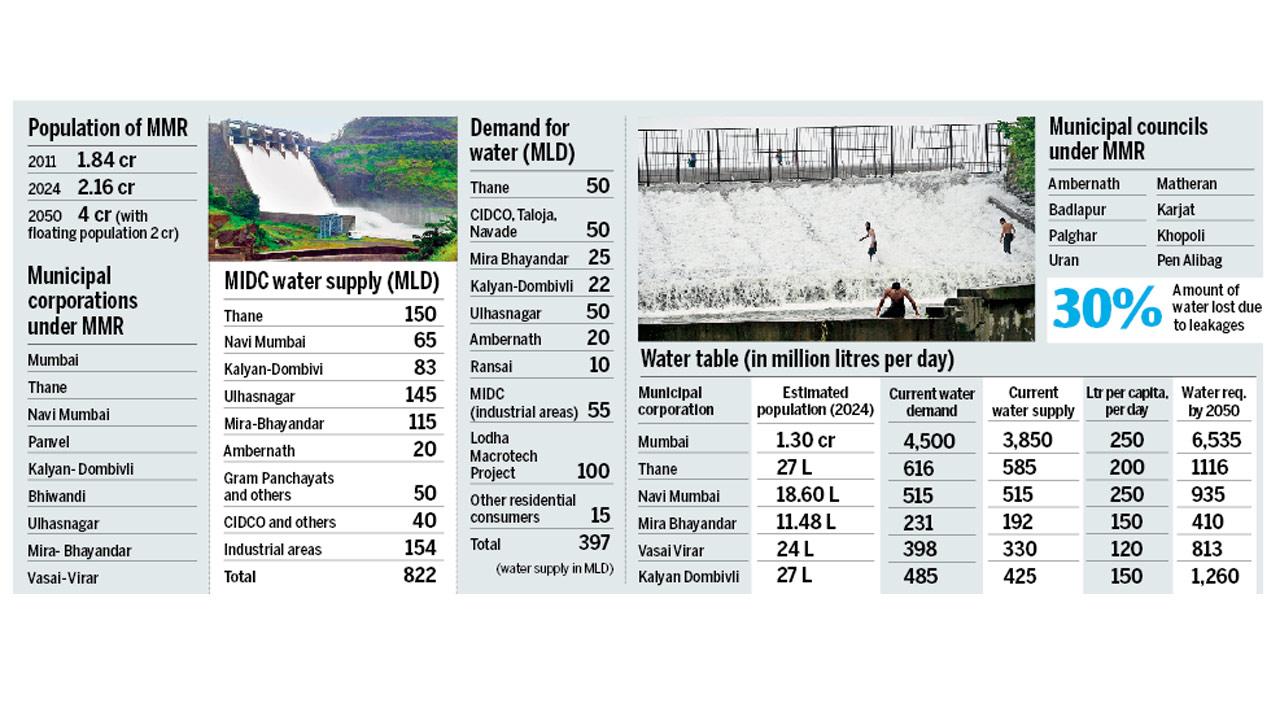
The BMC recently requested water experts to help control the water level at reservoirs so that water pressure can be managed till the end of the network. Thane is also facing massive problems due to leakages and unequal distribution. While other areas of the corporation don’t face water issues, new complexes on Ghodbunder Road still get water from tankers. “Construction of water lines and reservoirs is going on under the Amrut scheme,” said an official from Thane Municipal Corporation (TMC).
What about the slums?
The slum dwellers are not getting the minimum required amount of water. The BMC rolled out the ‘Water for All’ scheme in April 2022 to give connections to even ‘illegal’ houses, but less than 40 per cent have benefited from it. Sitaram Shelar, founder of Pani Haq Samiti, said, “We applied for 1,500 connections to date and only 600 received connections while other applications are on hold due to criteria which cannot be met in slums. Even the BMC agreed that out of 4,000 applications, only 1500 have been processed to date. Five to 15 families apply for one connection. It means approximately 25,000 families and a population of 1.25 lakh are still waiting for connections.” Shelar added that though the BMC blames the slums for water theft, wastage by residents and pipeline leakages are the major issues.
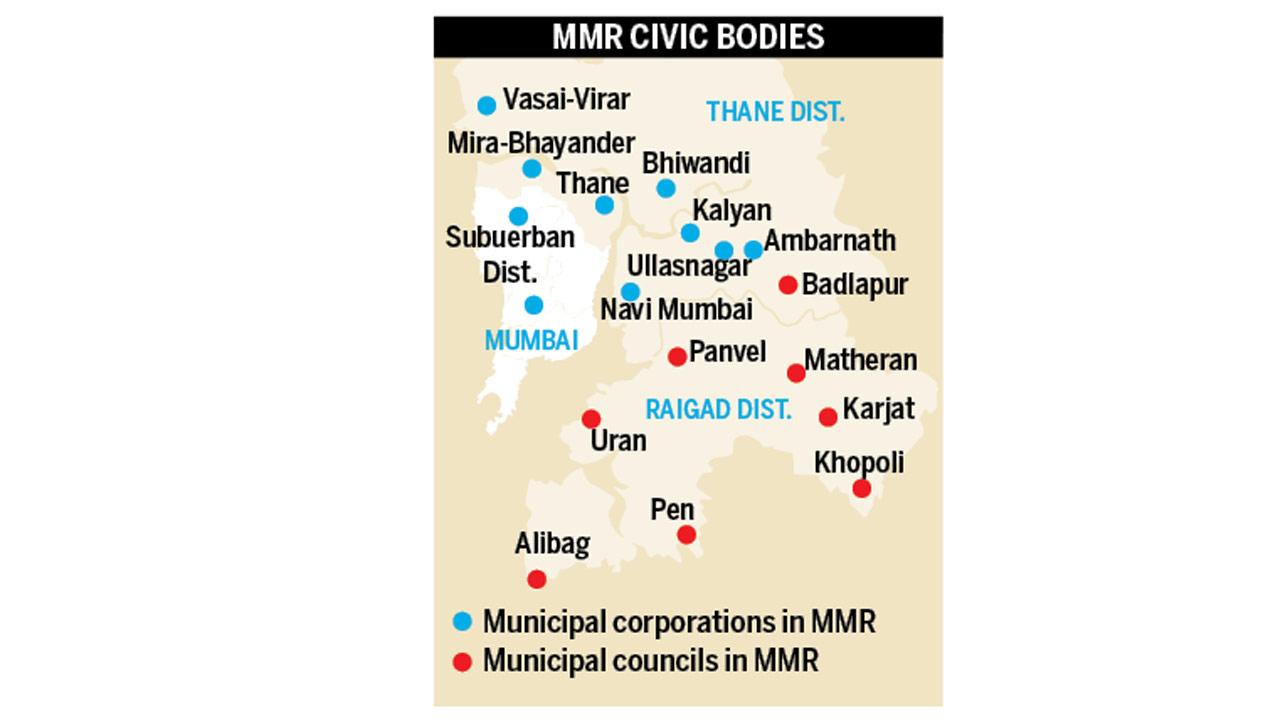
Facts about water supply and usage
>> Traditionally, Indians use more water for bathing and cleaning. Humid weather and dust also lead to cleaning often
>> Water demand doesn’t just depend on population growth, but the area of each house. It also depends on the floating population which is more than 50 lakh in Mumbai
>> The water production cost is Rs 25 per thousand litres and the BMC charges Rs 6.36 per thousand litres of water for residential flats and Rs 5.28 for slums. In Thane, the cost of water supply is around Rs 250 crore per year, but the TMC received only Rs 150 crore as charges
 Subscribe today by clicking the link and stay updated with the latest news!" Click here!
Subscribe today by clicking the link and stay updated with the latest news!" Click here!










